Recreating the Country blog |
|
Acacias - the competition to keep the name  The acacias in Africa are thorny to protect them from grazing animals The acacias in Africa are thorny to protect them from grazing animals The acacias of Australia add up to more than 1000 remarkable species. This series of blogs is about some of these wattles. In particular those that are a feature of the southern and eastern states and the Geelong & Melbourne regions. Though before we get cosy with the locals let’s start our journey in the wilds of Africa. In the beginning The name acacia has its origins in Africa where the wattles dotting the open savannas are prickly/thorny shrubs and small trees. These thorns are the plant's defense against large browsing animals like wildebeests and giraffes. They are also a very noteworthy feature that gave rise to the botanical name acacia. Greek - acis/akis = sharp point or thorn. Acacia literally means thorny  Withchety grubs can grow quite large on the sap wood of wattles Withchety grubs can grow quite large on the sap wood of wattles We've done ourselves proud While Australia may not own the origins of the general name (genus) acacia, it can proudly boast having the most wattles in the world by far. Though paradoxically the majority of our wattles aren’t thorny. This has led the world’s botanists to question whether our wattles should be called acacias at all. ‘Mmm’ now there’s a can of worms or more appropriately for wattles 'a can of Witchety Grubs', because this type of tasty protein rich larvae lives on the sap wood and roots of many Australian acacias. For example, the Witchety Bush, Acacia kempeana (named after a Lutheran missionary) from central Australia is the best known. Click hear to read more about the Witchety Bush and the ecology of wattles ‘Acacias the cafés of the bush’.  Lightwood, A. implexa, with bi-pinnate leaves Lightwood, A. implexa, with bi-pinnate leaves Acacia evolution A fascinating feature of all wattle species is their juvenile leaves. After germination the leaves that first develop are primeval bi-pinnate leaves. These juvenile leaves are feather-like with many small leaves growing apposite along a central spine. Some species like the Black Wattle, Acacia mearnsii and Silver Wattles, A. dealbata, keep these bi-pinnate leaves when they are mature trees.  The mature bi-pinnate leaf of the Black Wattle The mature bi-pinnate leaf of the Black Wattle How to pronounce the names & their origins mearnsii = mare-n-see-I The origin of this name is not clear but may be connected with a district near the Grampians in Scotland called Mearns. Black Wattles grow in the Victorian Grampians which is now called Gariwerd (A Jardwadjali word meaning ‘pointed mountain with shoulder’) dealbata = deal-barter dealbata is derived from a Latin word meaning covered in a white powder. The silver wattle’s leaves, branches and trunk have a grey appearance as if they have been dusted with talc. Because the Black and Silver wattles retain their bipinnate leaves when they mature we can deduce that they are more ancient in the evolutionary story of wattles. They are less evolved and likely to be similar to the first wattles that lived in Gondwana more than 100 Mya. There are many other wattles that have bi-pinnate leaves. Species like the Cootamundra Wattle, A. baileyana is prized by gardeners and landscapers for its different forms and leaf grey colour. This species can become an invasive weed in parks and reserves, but in the home garden it poses no threat. Native and honey bees make good use of the rich pollen from its late winter golden flowers. Baileyana – bale-ee-are-na (named after botanist Frederick Bailey) Ancient leaves on display today It is fascinating to observe wattle seeds germinating. Two to four weeks after sowing the seed, the juvenile bi-pinnate leaves begin to unfold, revealing a perfect replica of the first wattles to evolve on this planet. It’s a glimpse into their prehistoric past.  A Lightwood seedling with adult long-narrow phyllodes developing towards the top A Lightwood seedling with adult long-narrow phyllodes developing towards the top ...and that’s just the beginning. The next step in the evolution of the genus is then revealed when the more evolved species of wattles grow their next set of leaves. Most of the Wattles we know and love in the bush have foliage that is leaf-like. These species have developed a ‘leaf’ shape that is called a phyllode (Greek - phullodes = leaflike), though it is more accurately described as a flattened stem. It’s a ‘leaf’ fashioned by Mother Nature putting her 'rolling pin of time' over the stem. This tells us that even these more evolved wattles are still quite primitive. Further along the evolutionary chain, plants like eucalypts developed more complex accessories called leaves. Local examples of these more evolved species of wattle are Golden Wattle, A. Pycnantha, Blackwood, A. melanoxylon & Lightwood, A. implexa. To read more about these indigenous wattles click here - 'Acacias, wattles of the Geelong Region'  Blackwood phyllodes and flowers Blackwood phyllodes and flowers How to say these names and their name origins. pycnantha - ‘Pick-nan-tha’ is how most of plant people I know pronounce it. It is from the Greek words – pyknos = dense & anthos = flower, which recognises its beautiful flower clusters in spring. melanoxylon – 'melon-ox-a-lon,' is from the Greek words – melas = black and xulon = wood. Literally it describes the dark brown/black colour of the heart-wood of the mature tree. This is partly why blackwood is prized by joiners for making furniture. Be careful though because the saw-dust is a lung irritant as is the dust attached to its seed pods. Wearing a dust mask is essential for cleaning Blackwood seed or working with its timber. implexa – 'im-plex-a' is from the Latin word implexus meaning entangled or entwined. This refers to the clusters of curved seed pods that form tangled bunches, particularly when they dry on the tree.  Nitrogen rich nodules on an acacia seedling are home to millions of rhizobia. Nitrogen rich nodules on an acacia seedling are home to millions of rhizobia. Soil improvers All wattles are legumes and enrich the soil by adding nitrogen. This is remarkably achieved through an intimate relationship with a group of very small organisms called rhizobia (rye-zobe-ee-a). This process is called symbiosis (Greek-sumbiosis=living together) as both the plant and the microorganism benefit. Rhizobia – Latin - rhizo = root + Greek - bios = life. These rhizobia form small match-head sized nodules on the roots of wattle trees. This is where they live and do their work absorbing nitrogen from the atmosphere. This nitrogen is in a form that is perfect for wattle trees and it is exchanged for energy rich starches that the trees make from carbon dioxide and water, absorbed from air and soil. Both the trees and the rhizobia benefit and neither could thrive in Australia’s challenging environment without this close symbiotic relationship. 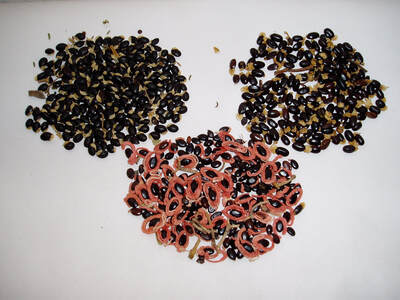 Acacia seed from top left clockwise; Black Wattle, Lightwood, Blackwood at bottom Acacia seed from top left clockwise; Black Wattle, Lightwood, Blackwood at bottom Propagating wattles All wattles have a hard waxy seed-coat that protects and preserves the seed. Sometimes it will survive underground for centuries. This coating also prevents the seed from germinating when it gets wet. To grow the seed this waxy coating has to be scratched or softened by heat. In nature digging animals like the echidna scratch buried seed letting in enough moisture to start it growing. Bushfires also provide enough heat to germinate seed laying under the leaf litter on the ground. At home the easiest way to germinate the seed of all wattle species is to place some seed in a cup, boil a kettle and pour the boiled water over the seed. Allow the water to cool and pat the seed dry with a tea towel and sow it in a tray of seed raising mix. The seedlings will emerge within two weeks. Transplant them when small into forestry tubes, Hiko tubes or Lannen tubes. The heat treated seed can also be planted directly into the soil. For direct seeding, the wattle seed needs to be patted dry after the boiling water treatment so that it doesn't germinate before sowing. Inoculating with rhizobia
As mentioned earlier, wattles in the wild grow with rhizobia and are more vigorous and healthy because of this relationship. Those little workers live naturally in bush soils but they aren’t present in our home gardens and cultivated farm soils. Therefore it is ideal to inoculate wattle seedlings in the nursery with rhizobia before they are planted in gardens and on farms. Below is a series of photos that shows how you can do this in the home nursery. All you need is a few wattles in tubes to harvest rhyzobia rich nodules. It is likely that each acacia species has its own specific rhyzobia, so nodules collected from Black Wattle roots should be crushed to use on Black Wattle seedlings. Otherwise a 'shandy' can be prepared by collecting nodules from different wattle species and mixing them together, to inoculate a variety of wattle seedlings in the nursery. Click here and scroll down to sources of seed or plants for your next outdoor project
10 Comments
Kate Simpson
9/5/2020 08:49:32 pm
Thanks for all that interesting information, Steve. It's all quite fascinating. I'm relieved there isn't a test at the end though!
Reply
Steve
14/5/2020 10:39:01 am
Hi Kate,
Reply
Kate Simpson
21/1/2022 10:17:32 pm
Hi Steve, I've been revisiting your 'Connecting with nature one plant at a time' blog. It's such a wonderful introduction to so many interesting plants. Thanks for not making it boring too! I love the linguistic notes - really helpful and interesting. Also, I just noticed that link you sent me to the wildflowers of Abruzzo. I really enjoyed reading that story and seeing the beautiful photos. Maybe I'll go there one day - you never know! I look forward to revisiting some more entries. Cheers, Kate
Grace Buesnel
10/5/2020 12:25:54 pm
I'm enthralled by the depth of information - particularly for Saltbushes. I only recently moved to SW Victoria, so the species are new to me and I'm glad to have all the information that I can get. I always attempt to grow local species and usually have success with propagating and growing acacias. When I travel past former homes I lived, I'm often blessed with seeing the acacias I planted still being there. Thank you Steve, please keep it coming.
Reply
Steve
14/5/2020 11:02:27 am
Thanks Grace,
Reply
Dale Smithyman
11/5/2020 11:23:50 am
Great stuff Steve. Folks are always fascinated by the transformation of the leaf from bipinnate to the phylode. Keep up the good work.....now back to self isolating in my favourite local reserve.
Reply
Steve
14/5/2020 11:07:38 am
Hi Dale,
Reply
Jane
28/11/2020 10:52:26 am
Hi Steve. Im in NE Victoria on The Broken River and have planted many lightwoods and silver wattles within the last 6 month which are mostly robust but the silver wattles are nearly all leaning with no apparent reason. Any clues? Jane
Reply
Steve
4/12/2020 02:26:08 pm
Hi Jane,
Reply
Geoff Case
11/9/2022 04:12:19 pm
Awesome information you have created thank you Stephen.
Reply
Leave a Reply. |
Click on the image below to discover 'Recreating the Country' the book.
Stephen Murphy is an author, an ecologist and a nurseryman. He has been a designer of natural landscapes for over 30 years. He loves the bush, supports Landcare and is a volunteer helping to conserve local reserves.
He continues to write about ecology, natural history and sustainable biorich landscape design. 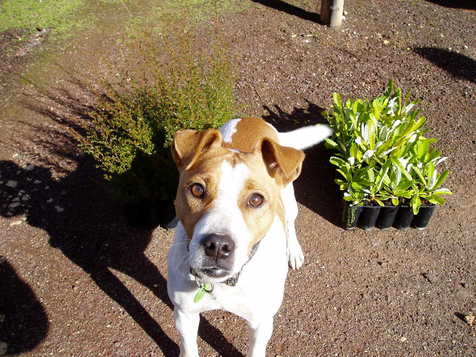
|
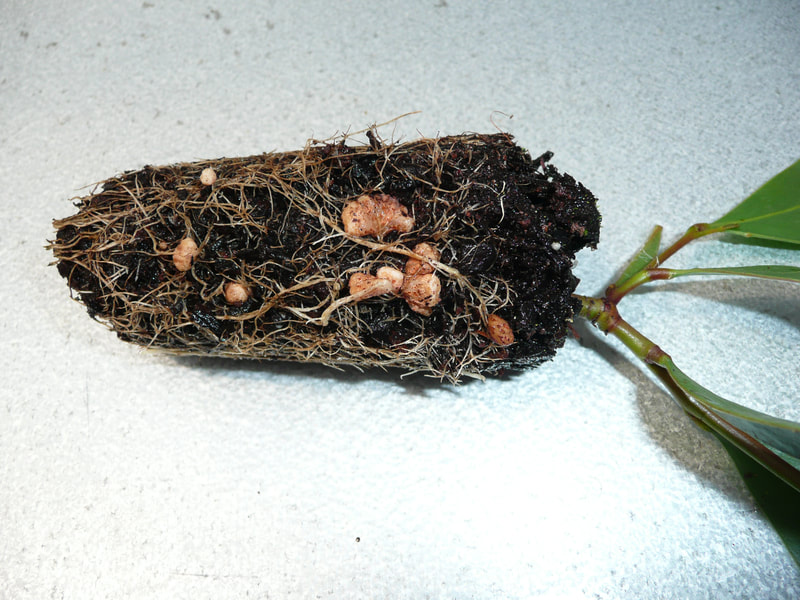
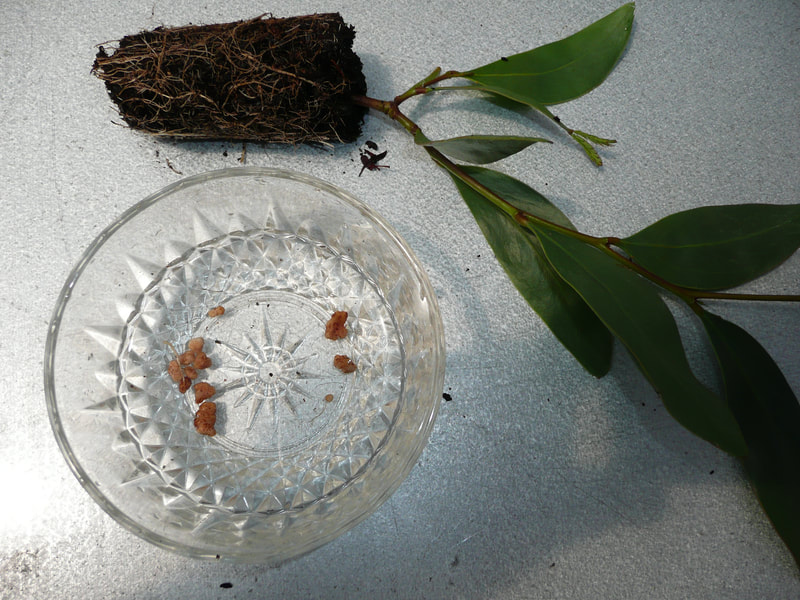
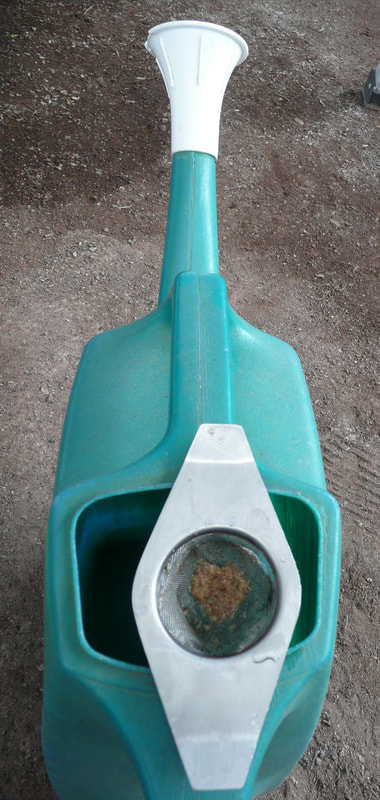
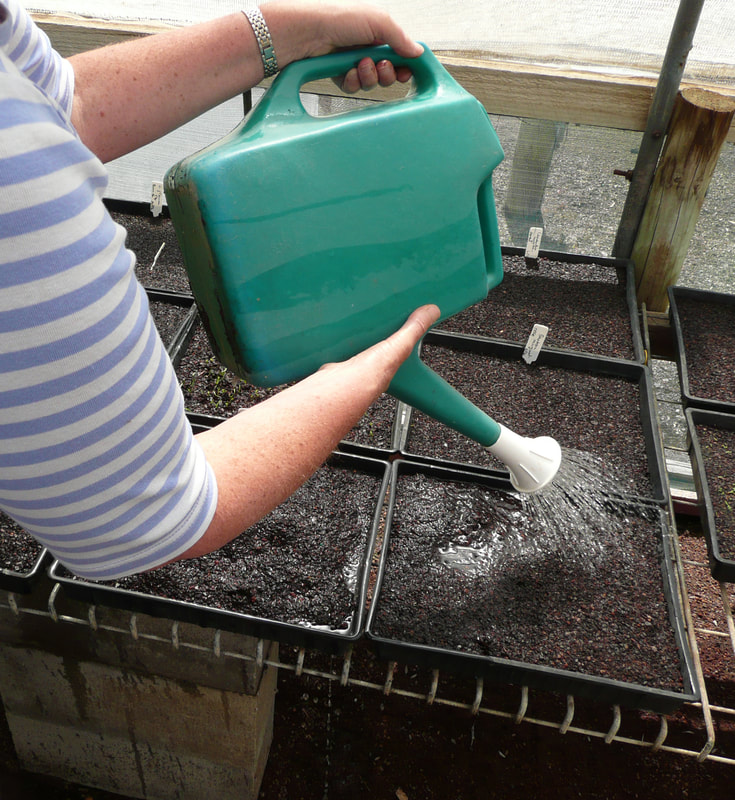
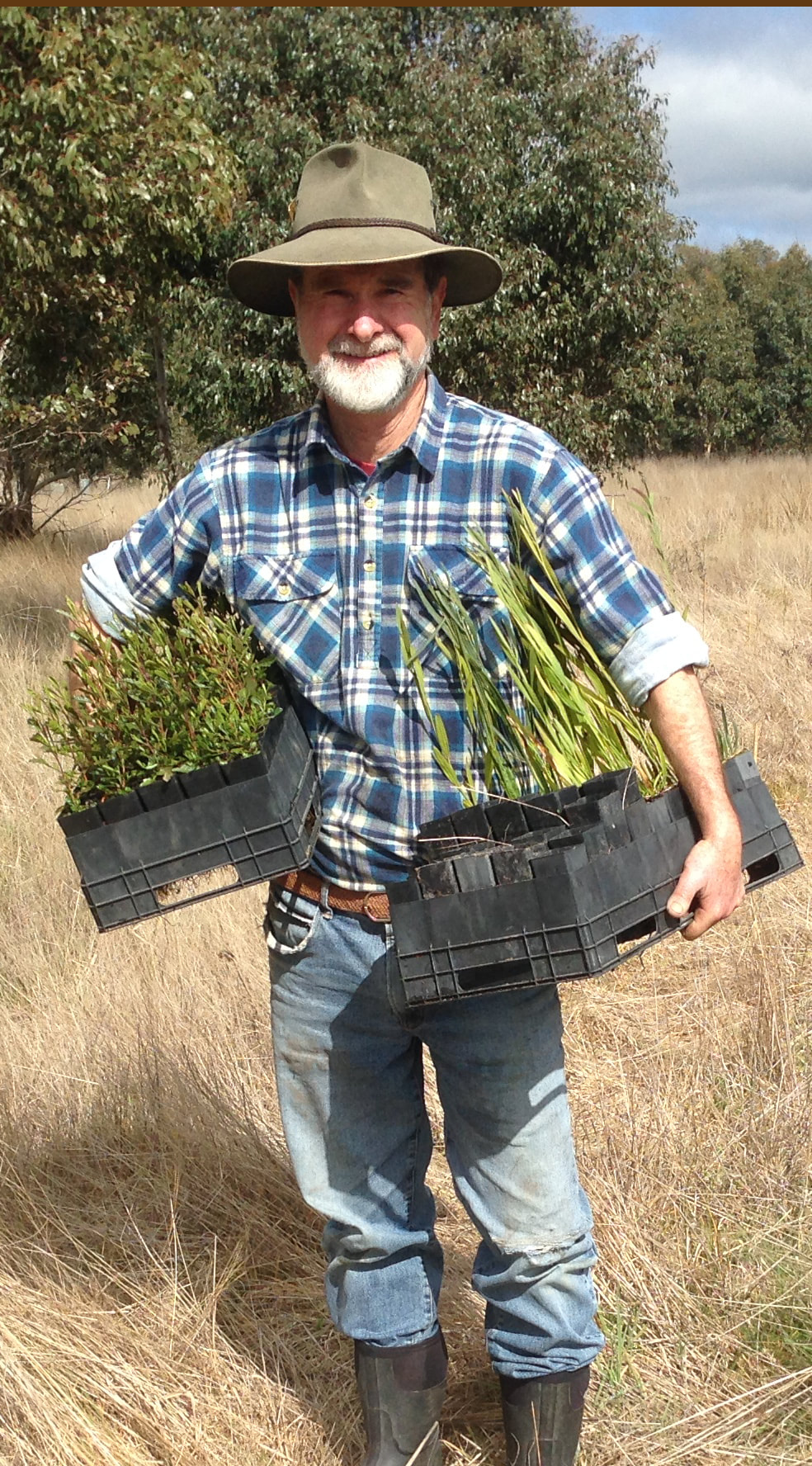

 RSS Feed
RSS Feed
